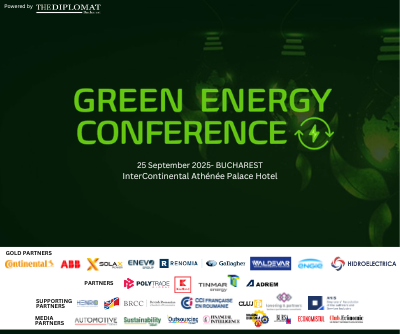ACEA report: 2018 saw a big drop in diesel sales, and a stronger surge in demand for petrol

The 2019 edition of ACEA’s ‘Making the Transition to Zero-Emission Mobility’ report tracks progress made on the key ‘enabling factors’ for a stronger consumer uptake of electric and other alternatively-powered cars in the European Union.
Sales of alternatively-powered passenger cars – including electrically-chargeable, hybrid, fuel cell and natural gas-powered vehicles – will have to pick up strongly if the EU’s ambitious 2025 and 2030 CO2 targets for cars are to be achieved.
In order to drive this shift, governments across the EU need to ramp up investments in charging and refuelling infrastructure, and to put in place meaningful purchase incentives for consumers (such as bonus payments and premiums) to stimulate sales of alternatively-powered cars.
The European Automobile Manufacturers’ Association (ACEA) therefore publishes this progress report on an annual basis to track the availability of infrastructure and incentives, ahead of the ‘mid-term review’ of the CO2 targets by the European Commission in 2023.
Key findings
1) Market uptake of alternatively-powered cars
- 2% of all cars sold in 2018 were electrically-chargeable (+1.4 percentage points since 2014).
- 8% of new passenger cars in the EU were hybrid electric last year (+2.4 percentage points over the last five years).
- 4% of all cars sold in 2018 were natural gas-powered (-0.4 percentage points since 2014).
- Fuel cell vehicles currently account for a negligible share of total EU car sales.
2) CO2 emissions of new passenger cars
- In 2017, petrol cars became the most sold type in the EU for the first time since 2009.
- 2017 also marked the first increase (+0.3%) in CO2 from new cars since records began.
- 2018 saw an even bigger drop in diesel sales, and a stronger surge in demand for petrol, resulting in a 1.8% increase of new-car CO2 emissions.
3) Affordability
- The market uptake of electrically-chargeable vehicles (ECVs) is directly correlated to a country’s GDP per capita, showing that affordability is a major barrier to consumers.
- All countries with an ECV market share of less than 1% have a GDP below €29,000, including EU member states in Central and Eastern Europe, but also Spain, Italy and Greece.
- An ECV share of above 3.5% only occurs in countries with a GDP of more than €42,000.
- Only 12 EU countries offer bonus payments or premiums to buyers of ECVs. These purchase incentives, and especially their monetary value, differ greatly across the European Union.
- If we expand the scope to also include tax exemptions and reductions (ie related to acquisition and ownership), four member states do not offer any tax benefits or incentives for ECVs at all.
4) Infrastructure availability
- Although there has been a strong growth in the deployment of ECV infrastructure, the total number of charging points available across the EU (144,000) falls far short of what is required.
- According to conservative estimates by the European Commission, at least 2.8 million charging points will be needed by 2030. That is a 20-fold increase within the next 12 years.
- Four countries covering 27% of the EU’s total surface area – the Netherlands, Germany, France and the UK – account for 76% of all ECV charging points in the EU.
- Almost all EU member states with less than 1 charging point per 100 km of road have an ECV market share of under 1%.
- There were just 47 hydrogen filling stations available across 11 EU countries in 2018.
- 17 member states did not have a single hydrogen filling station.
- There are some 3,400 natural gas filling stations in the EU, up 17.5% since 2014.



















